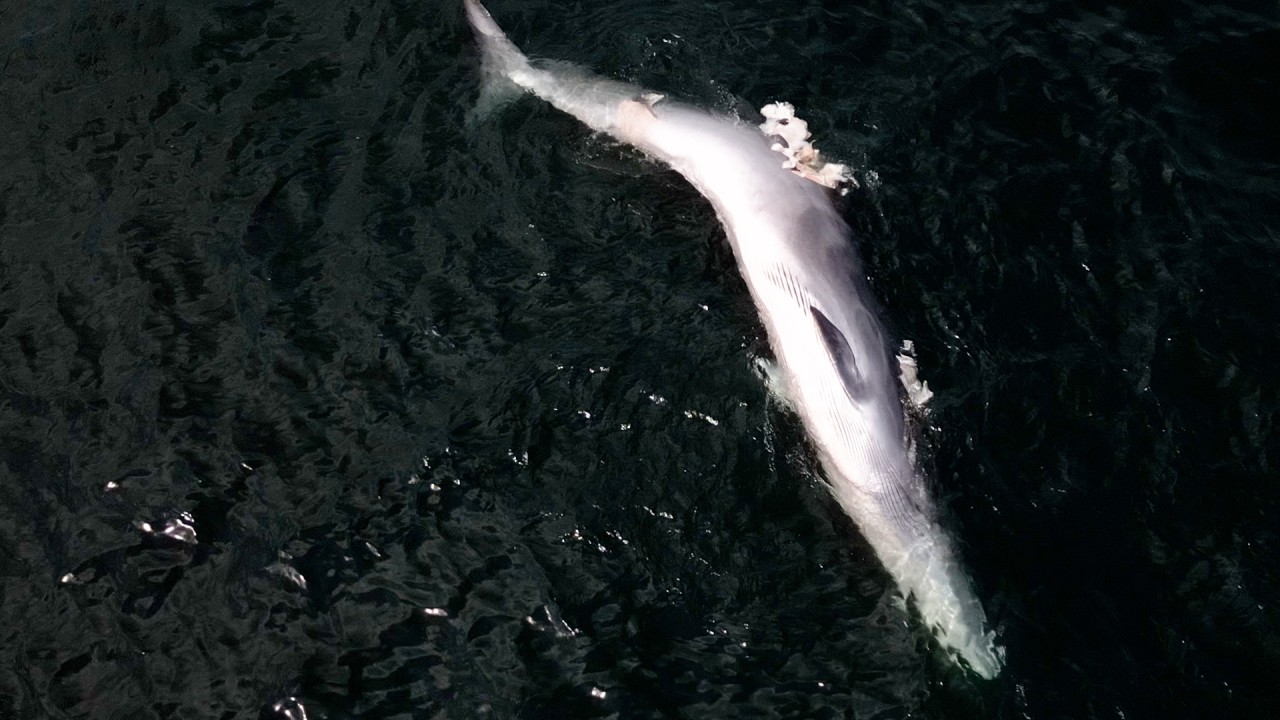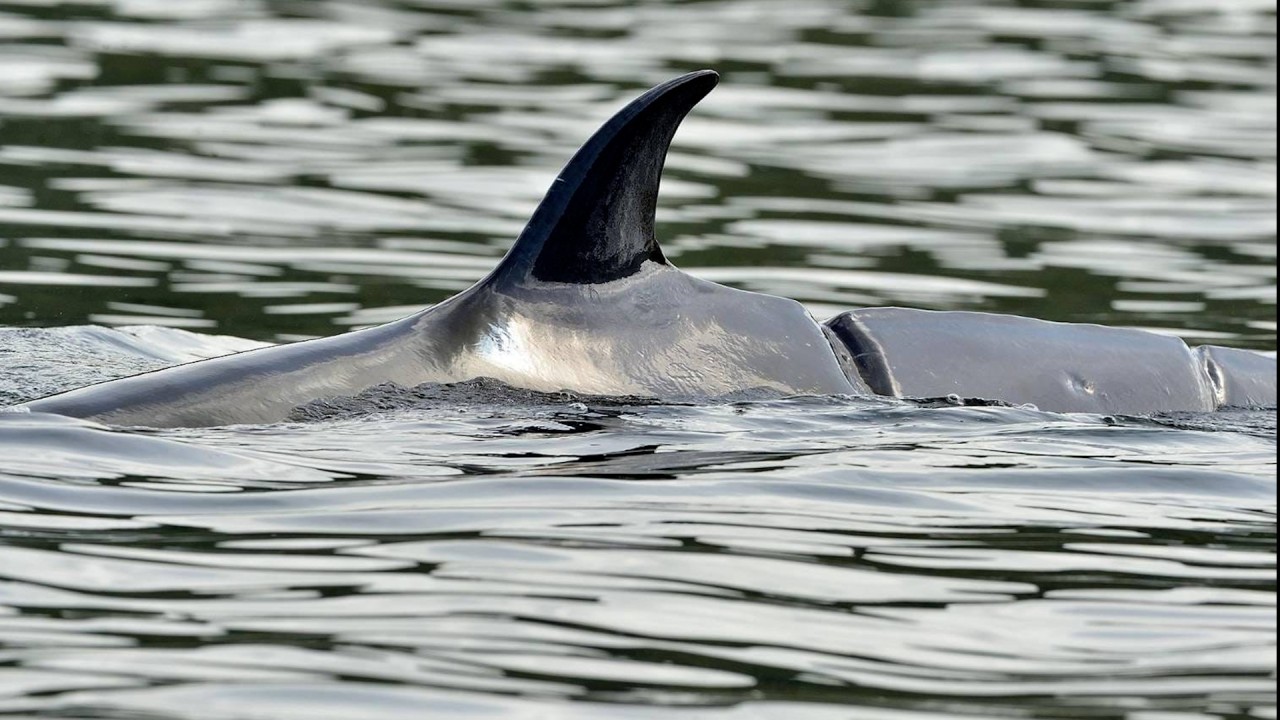
Whale’s death a wake-up call for Hong Kong to better protect its fragile marine environment
- The excitement and outrage generated by the sighting of a Bryde’s whale and its untimely death have spurred badly needed discussion on how to make Hong Kong a safer and more attractive place for marine mammals and local biodiversity
Conservation groups repeatedly expressed concern about the whale’s safety following the initial sighting. Haphazard “whale-watching tours” and the generally busy marine traffic nearby was a worry.
When public appeals to stop disturbing the whale failed, the government was asked to intervene. Representatives said they did their best within the existing legal framework but said many of the recommendations were not feasible.
Records show that the sea surrounding Hong Kong has been home to several baleen whale species: a 2007 study suggested that the Bryde’s whale might not be all that rare in and around Hong Kong. A study on China’s whale distribution also indicates that the waters near Guangdong used to be a baleen whale hotspot.
These accounts suggest whales are likely to visit Hong Kong again, prompting an important question: how can Hong Kong provide a safer refuge for marine megafauna?
These issues raise a broader question. How can we make Hong Kong a safer and more attractive place for marine mammals and local biodiversity?
The Hong Kong government needs to act swiftly to expand our existing protected areas, which currently cover a woeful 5 per cent of local waters. Port Shelter, where the whale spent its last days, is one of WWF-Hong Kong’s marine conservation priority hotspots. Would this story have had a different ending if it were a protected area?
Second, marine spatial planning is an increasingly popular tool used to sustainably manage ocean spaces. As one of the world’s busiest ports, balancing Hong Kong’s development demands with our environmental protection needs has always been a challenge.
Fewer ferries lead to more dolphin activity, Hong Kong group finds
This will provide a platform for key marine stakeholders to share ideas and make informed, coordinated plans that benefit society and the natural environment.
WWF-Hong Kong is launching a pilot ocean accounting study that will hopefully generate momentum for this long-overdue endeavour. We welcome all to join us in this formidable but vital task.
The Port Shelter whale has sparked renewed ocean and cetacean conservation awareness among Hongkongers. This tragic story should now ignite determination and action to protect our fragile marine ecosystem, so that one day we will be able to respectfully and safely welcome all whales.
Dr Bosco Chan is conservation director at WWF-Hong Kong



